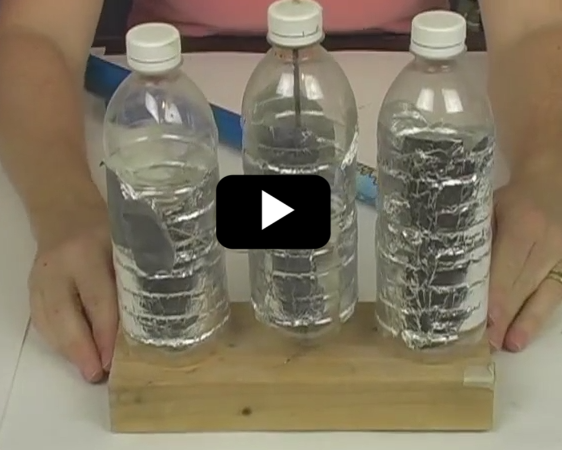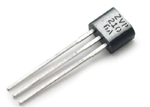What causes lightning, and how can we protect ourselves from strikes? In many textbooks, you’ll read about how clouds become electrically charged through friction in the moist air, but the truth is, scientists still don’t fully understand how and why lightning happens the way it does. But here’s what we do know: lightning happens when the positive and negative charges in a cloud become polarized. That is, the (extra) positive charges move to the top of the cloud and the (extra) negative charges move to the bottom of the cloud, usually by friction of the water vapor molecules in the cloud.
As the water molecules rise, electrons are stripped off and add to the charge of the cloud. The cloud can become ever more polarized if the rising water vapor freezes. The frozen particles clump together and take on a negative charge inside, positive charge on the outside, which rips the clumps apart to further polarize the cloud. The more polarized the cloud is, the more its electric field affects the space around it. The electrons on the surface of the Earth underneath the cloud are repelled by the bottom of the cloud, which creates a positive charge on the surface under the cloud. Trees. houses, cars, and people take on a positive charge as the cloud passes by. Now we’re set up for a lightning strike.
Please
login or
register to read the rest of this content.



 This simple FET circuit is really an electronic version of the
This simple FET circuit is really an electronic version of the